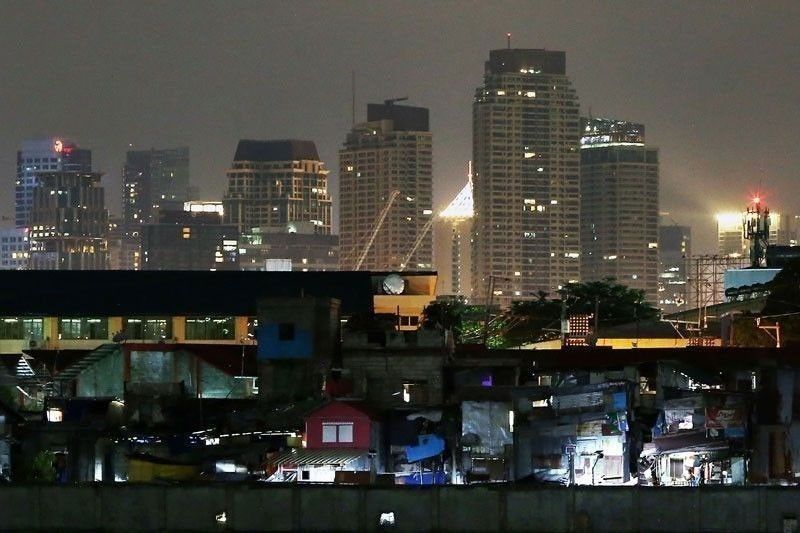Deficit-to-GDP ratio rises on infrastructure spending

MANILA, Philippines — The share of the budget deficit to the country’s output expanded to 6.6 percent in the second quarter as the government ramped up spending to complete projects as the Duterte administration drew to a close.
Data from the Department of Finance (DOF) showed that the deficit, when measured against gross domestic product (GDP), widened to 6.6 percent in the second quarter from 6.4 percent in the first quarter.
However, this is smaller than the 8.3 percent deficit-to-GDP ratio in the same period last year.
From January to June, the deficit-to-GDP ratio was recorded at 6.5 percent.
Rizal Commercial Banking Corp. chief economist Michael Ricafort attributed the wider deficit-to-GDP ratio to the increase in government spending that was rushed to complete more projects before the May elections.
He said there was also some pent-up government spending after the 45-day election ban that could have led to the higher expenditures after the general elections.
Data from the DOF showed that total expenditures as a percentage of GDP rose to 24.1 percent from 22.3 percent.
On the other hand, revenue effort only increased to 17.5 percent of GDP while tax effort improved to 15.6 percent.
For 2022, the government is aiming to bring down the deficit-to-GDP ratio to 7.6 percent from the record 8.6 percent last year.
ING Bank senior economist Nicholas Mapa said the Marcos administration is still on track to hit the 7.6 percent target, “but perhaps not bringing down the deficit fast enough to impact substantially on the overall debt levels.”
“Much emphasis is on leaning on strong growth to dilute the debt and deficit levels, so we’ll have to hope growth can accelerate amid the headwinds,” Mapa said.
As the government remains hesitant on imposing new taxes to increase revenues, Ricafort said the government can intensify its tax collections through better tax administration by running after tax cheats and ramping up digitalization.
He said this would make tax payments more efficient and convenient for taxpayers and prevent leakages in tax collection.
“More disciplined government spending, as well as preventing white elephants or government projects that entail a lot of costs but have limited or lower benefit over the long-term,” Ricafort said.
“Austerity measures such as rightsizing the government would also help narrow the budget deficit and debt as a percentage of the country’s GDP,” he said.
By the end of the Marcos administration, Finance Secretary Benjamin Diokno targets to trim the deficit-to-GDP ratio to three percent by 2028, as he maintained that the country still has a lot of fiscal space and that revenues will pick up.
Analysts said the so-called “twin deficit” is threatening the pace of recovery in the Philippines.
A twin or double deficit happens when a country has both a current account deficit and budget deficit, which means that imports are higher than exports and that the government is spending more money than the revenues it is generating.
- Latest
- Trending


























